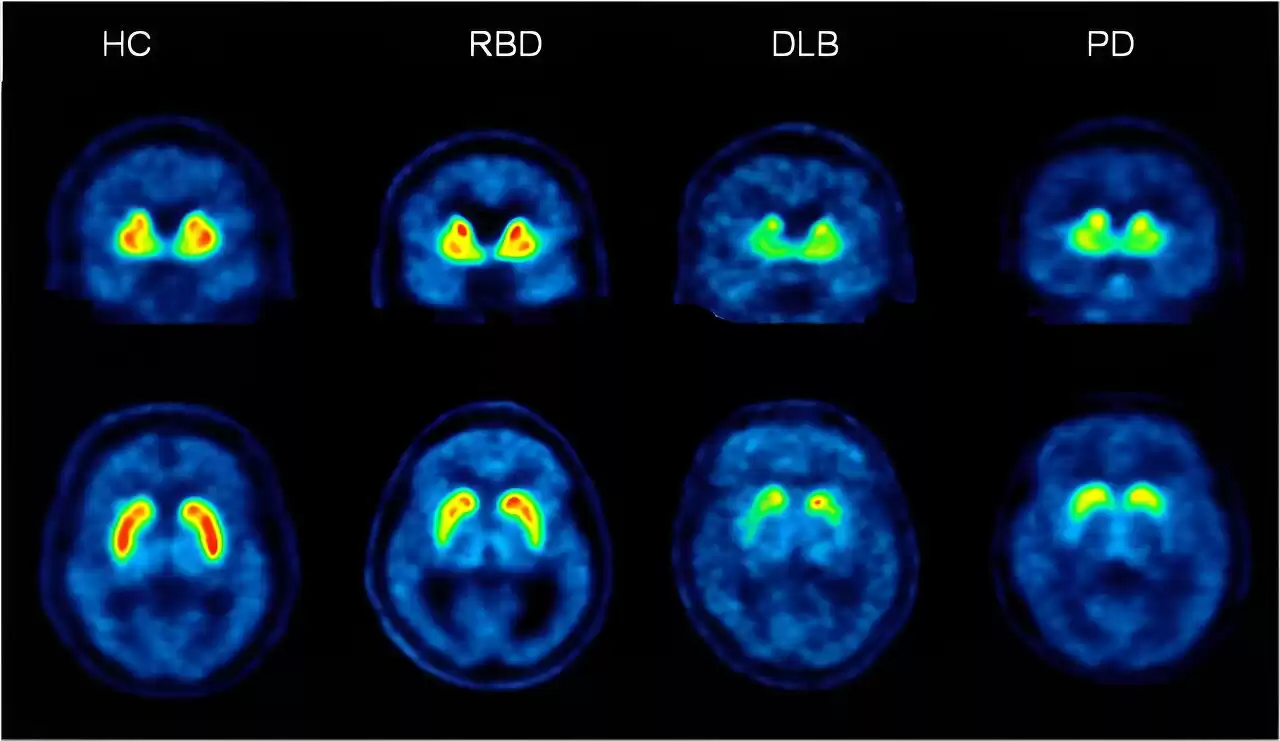Detecting Parkinson's disease early: Spotting symptoms years in advance
Researchers have discovered a way to detect signs of Parkinson's disease up to 20-30 years before symptoms appear, allowing for earlier diagnosis and treatment.
Researchers at The Florey and Austin Health have made a groundbreaking discovery that could revolutionize the early detection and treatment of Parkinson's disease. Contrary to popular belief, this debilitating neurodegenerative condition actually begins in midlife and can remain undetected for up to 20-30 years before symptoms manifest. This means that by the time Parkinson's is diagnosed, up to 85% of the brain's neurons responsible for motor coordination have already been destroyed, rendering many treatments ineffective.
However, Professor Kevin Barnham and his team at The Florey are determined to change this narrative. Their long-term goal is to find a way to detect Parkinson's disease much earlier and provide treatment before irreversible damage occurs. In a recent study published in Neurology, Professor Barnham and his colleagues shed light on a potential solution.
Using a known biomarker called F-AV-133 in combination with positron emission tomography (PET) scans, the researchers were able to accurately diagnose Parkinson's disease and track neurodegeneration. The study involved scanning 26 patients with Parkinson's disease, a control group of 12 individuals, and 11 people with Rapid Eye Movement sleep behavior disorder (RBD), which is strongly associated with the disease.
Over the course of two years, each participant underwent two PET scans. Surprisingly, there were no significant changes in clinical symptoms according to current assessments for Parkinson's disease. However, the PET scans revealed "significant neuronal loss" in three key regions of the brain in individuals with the disease. This suggests that F-AV-133 may be a more sensitive method of monitoring neurodegeneration compared to existing techniques.
Mathematical modeling further revealed that slow neuronal loss occurs for approximately 33 years in Parkinson's disease. Of this, around 10.5 years pass before the disease is detectable on a PET scan. Once detectable, it takes an additional six and a half years for motor symptoms to manifest. After the onset of physical symptoms, it takes approximately three more years for a clinical diagnosis to be confirmed. In total, this means that neuronal loss occurs for about 22.5 years before clinical symptoms are sufficient for diagnosis.
These findings have immense implications for the future of Parkinson's disease diagnosis and treatment. Professor Barnham believes that this discovery paves the way for the development of screening protocols that can identify and treat the disease up to a decade earlier than current methods allow. Additionally, it could aid in the selection of suitable candidates for clinical trials.
If you suspect you may have RBD, it is crucial to consult with a sleep specialist or neurologist. Early intervention and detection are key in the fight against Parkinson's disease.












Comments on Detecting Parkinson's disease early: Spotting symptoms years in advance